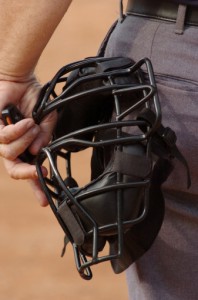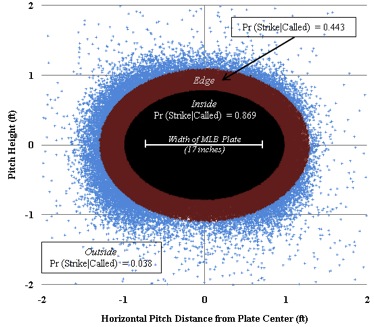Strike Three: Do MLB Umpires Express Racial Bias in Calling Balls and Strikes?

(iStockphoto)
Our paper on discrimination in baseball has finally been published (the June issue of the American Economic Review). While it received a lot of media and scholarly comment in draft, the final version contained a whole new section. The general idea is that those discriminated against will alter their behavior to mitigate the impacts of discrimination on themselves. But while reducing the impacts, these changes are not costless. For example, if you’re an Hispanic pitcher and think that the white umpire is against you, you’ll change your pitches. Where will you throw? How will you throw?
The paper shows that the pitcher will avoid giving the umpire a chance to use his discretion in judging a pitch. More pitches go into the strike zone, more are clearly balls. More are fastballs, fewer curves and change-ups. A rational response, but by avoiding the umpire’s discrimination the pitcher makes it easier for the batter to hit the ball or to walk. Here’s the abstract:
Major League Baseball umpires express their racial/ethnic preferences when they evaluate pitchers. Strikes are called less often if the umpire and pitcher do not match race/ethnicity, but mainly where there is little scrutiny of umpires. Pitchers understand the incentives and throw pitches that allow umpires less subjective judgment (e.g., fastballs over home plate) when they anticipate bias. These direct and indirect effects bias performance measures of minorities downward. The results suggest how discrimination alters discriminated groups’ behavior generally. They imply that biases in measured productivity must be accounted for in generating measures of wage discrimination.
And here’s a graph showing called strikes by distance from home-plate center. Data from 2007-2008 (N=144,990)


Comments